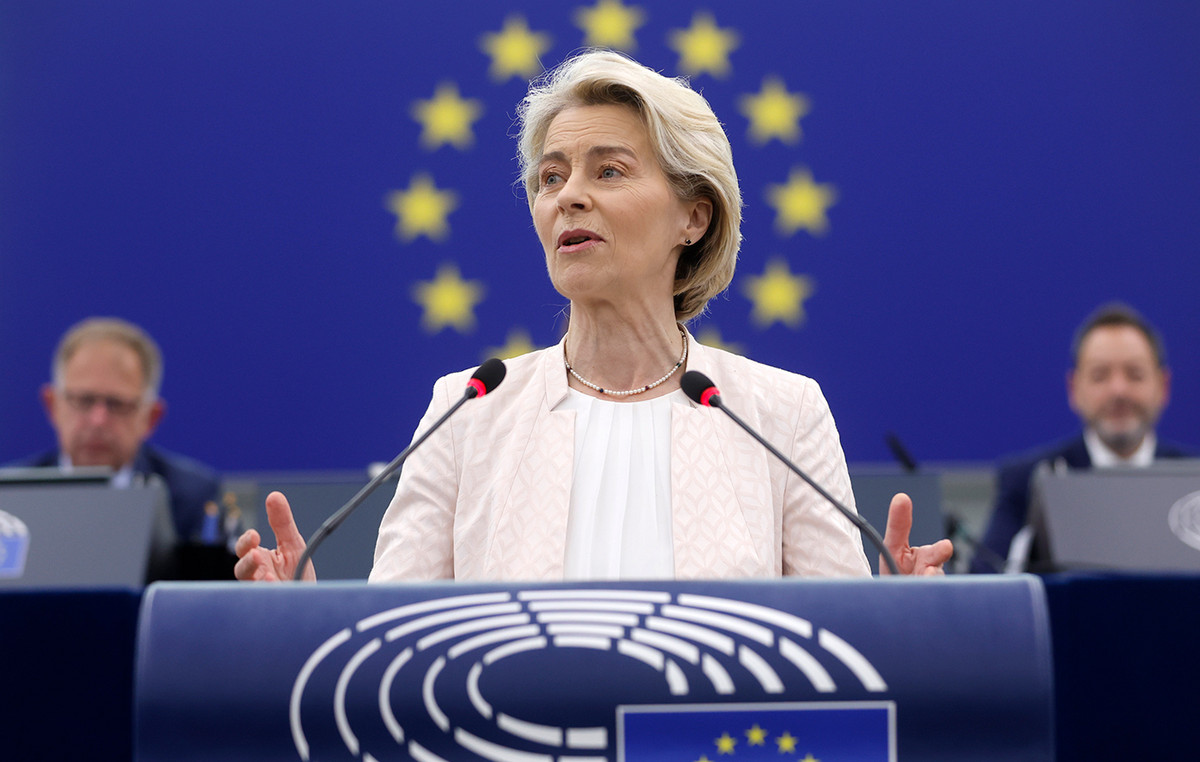The National Confederation of Trade in Goods, Services and Tourism (CNC) disclosed on Wednesday (8) that the proportion of Brazilian families in debt in February reached 78.3%.
Data from the Consumer Debt and Default Survey (Peic) indicate an increase of 0.03 percentage points compared to January and 1.7 pp compared to February 2022.
Although it reached, in 2022, a record annual average in the historical series of Peic, started in 2010, the indebtedness – which considers any type of debt, including the use of credit card, even if paid on time – “had been pointing to a loss of breath since October” of last year, says the report released by the CNC.
According to Peic, among indebted families, 29.8% of them have late payments, and 11.6% declared that they will not be able to pay this delay.
Credit cards – the traditional villain of indebtedness – continue to be the main debt for 85.7% of indebted families. Following is store meat, indicated by 18.3%. Another 8.6% have vehicle financing debt, 7.3% real estate financing and 5.1% payroll loans.
The total average interest charged by banks on revolving credit cards rose 13.9 percentage points from November to December, according to the latest survey released by the Central Bank. The rate went from 395.4% (revised data) to 409.3% per annum. At the end of 2021, it was 347.4% – a jump of 61.9 percentage points in the year.
The revolving credit card, together with the overdraft, is an emergency credit modality, much accessed in times of difficulty.
The economics analyst CNN , Fernando Nakagawa, points out that what is happening to large companies, with credit difficulties, ends up being repeated with families, who are victims of economic circumstances. Expensive credit, resistant inflation, the labor market still with a lot of job deficits and flat wages make up this scenario.
The number of Brazilians who consider themselves heavily indebted has grown at an accelerated pace. In the second half of 2022, the problem affected 4 out of 10 Brazilians, according to research by the analytical intelligence company Boa Vista and is based on interviews with 1,500 people. It is the worst result since 2019.
In the second half of 2022, 42% of the population considered themselves heavily indebted. In 2021, the index was 32%. In 2023, indebtedness will grow at a slower pace, according to Bruna Allemann, financial educator at fintech Agreement Certo. For her, the increase in debt is caused by the advance of inflation, reduced purchasing power and more expensive credit.
unrolls
The program for refinancing small debts, Desenrola, will be funded by banks and guaranteed against default offered by the National Treasury. The model is still being finalized, but discussions indicate that the government may set up a fund of up to R$ 20 billion for the program.
Desenrola should prioritize a group of 36 million defaulting Brazilians and should have its own application so that indebted people can agree on new payment conditions with banks.
Serasa numbers indicate that 70.1 million Brazilians are in default. The segments that most concentrate debts are banks and credit cards (29.6%), water and electricity bills (21.5%), retail companies (11.3%).
Source: CNN Brasil
I am an experienced journalist, writer, and editor with a passion for finance and business news. I have been working in the journalism field for over 6 years, covering a variety of topics from finance to technology. As an author at World Stock Market, I specialize in finance business-related topics.







